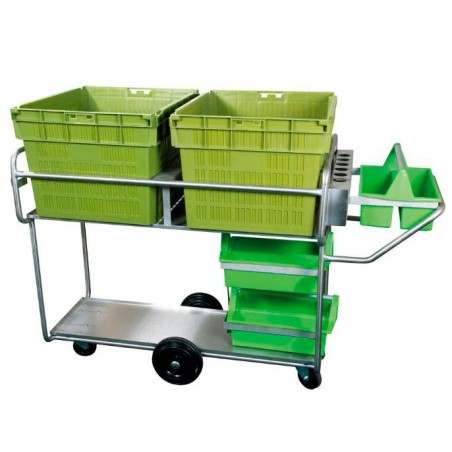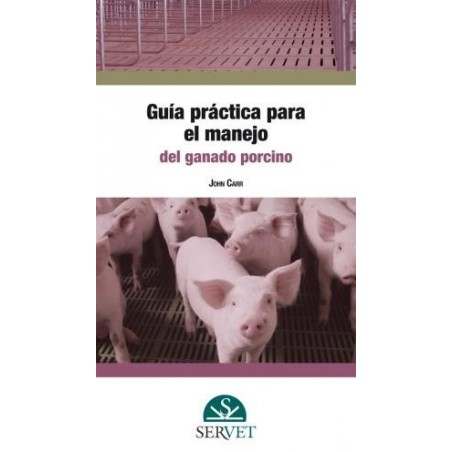Pregnant sows from commercial pig farms may experience painful states, such as lameness, an essential indicator in assessing sow welfare. We investigated the effect of lameness during the last third of pregnancy on reproductive performance and placental glucocorticoid concentrations in sows. Periodic locomotion assessments were carried out on two commercial pig farms using a validated 0–5 scoring system (from 0: normal locomotion; to 5: a downer animal). Sows from both farms (N = 511) were grouped based on their average locomotion scores. On Farm 1, 30 sows were selected and grouped as either Not Lame or Lame. On Farm 2, 39 sows were selected and grouped as either Not Lame, Moderately Lame, or Severely Lame. Reproductive data (gestation length, litter weight, average piglet weight, litter size, and the number of piglets born alive/mummified/stillborn) were recorded on both farms. Moreover, on Farm 2, piglet intrauterine growth restriction score and the number of piglets dead during the first week were also recorded, and placenta samples were collected to determine their cortisol/cortisone concentrations. A linear mixed model was used to analyze the data.
The proportion of lameness in pregnant sows (N = 511) was >40%, and the gestation length tended to decrease with the presence of lameness in both farms. On Farm 2, moderately lame sows had a higher placental cortisol/cortisone ratio than not lame and severely lame sows.

In conclusion, lameness was high in the sows assessed, which may decrease sow gestation length and reduce placental efficiency in protecting the offspring from the sows’ stress response.
Parada Sarmiento M, Lanzoni L, Sabei L, Chincarini M, Palme R, Zanella AJ, Vignola G. Lameness in Pregnant Sows Alters Placental Stress Response. Animals. 2023; 13(11): 1722. https://doi.org/10.3390/ani13111722






